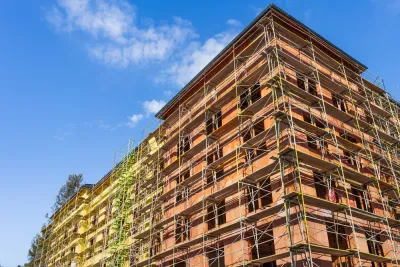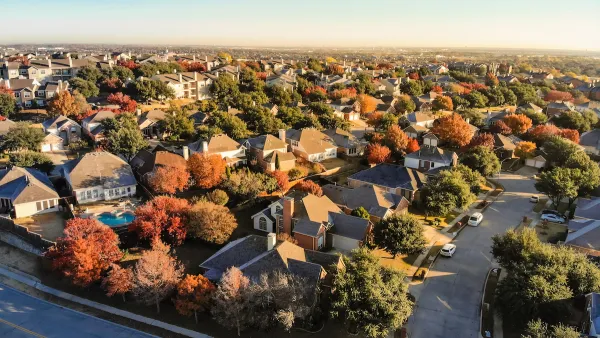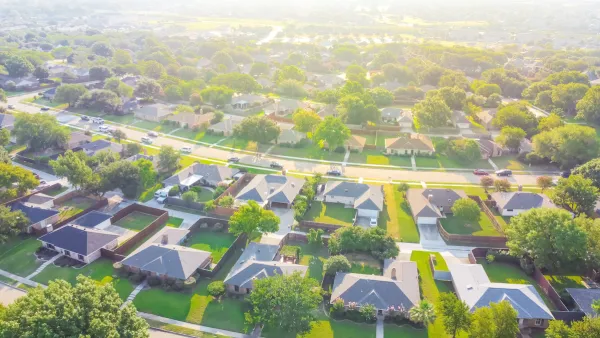How local attitudes toward zoning reform hinder efforts to boost housing production.

In a piece in City Journal, Christopher S. Elmendorf, Clayton Nall, and Stan Oklobdzija describe the results of a survey that assessed the factors Americans blame for high housing costs, noting that many respondents expressed skepticism that upzoning initiatives would lower housing costs. Unlike other consumer goods, in the minds of many Americans, housing does not respond to the normal pressures or supply and demand. This makes zoning reform that is more permissive to higher density housing and new construction an uphill battle in many communities.
“Asked to think about their city’s future, the vast majority of respondents across two surveys—Republicans and Democrats, homeowners and renters—say that they wish home prices and rents were lower. But they don’t generally subscribe to the other half of the elite consensus: namely, that restrictive zoning is to blame for high prices.” In other words, “We find that most people simply don’t believe that increasing housing supply would lower prices.” According to the authors, “Across all the survey variations, only a minority of respondents predicted that a large, positive supply shock would exert downward pressure on home prices and rents.”
The authors add, “We asked respondents to designate up to three actors as being ‘responsible for high housing prices and rents in your area.’ Developers and landlords took the brunt of the blame; environmentalists and anti-development activists got off scot free.” Ultimately, “[the] study suggests that states have done little because there’s not yet widespread public support for preemptive state up-zoning.”
FULL STORY: Folk Economics and the Politics of Housing

National Parks Layoffs Will Cause Communities to Lose Billions
Thousands of essential park workers were laid off this week, just before the busy spring break season.

Retro-silient?: America’s First “Eco-burb,” The Woodlands Turns 50
A master-planned community north of Houston offers lessons on green infrastructure and resilient design, but falls short of its founder’s lofty affordability and walkability goals.

Delivering for America Plan Will Downgrade Mail Service in at Least 49.5 Percent of Zip Codes
Republican and Democrat lawmakers criticize the plan for its disproportionate negative impact on rural communities.

Test News Post 1
This is a summary

Test News Headline 46
Test for the image on the front page.

Balancing Bombs and Butterflies: How the National Guard Protects a Rare Species
The National Guard at Fort Indiantown Gap uses GIS technology and land management strategies to balance military training with conservation efforts, ensuring the survival of the rare eastern regal fritillary butterfly.
Urban Design for Planners 1: Software Tools
This six-course series explores essential urban design concepts using open source software and equips planners with the tools they need to participate fully in the urban design process.
Planning for Universal Design
Learn the tools for implementing Universal Design in planning regulations.
EMC Planning Group, Inc.
Planetizen
Planetizen
Mpact (formerly Rail~Volution)
Great Falls Development Authority, Inc.
HUDs Office of Policy Development and Research
NYU Wagner Graduate School of Public Service





























